

Ryan
How to create a proposal for a new project
What is a proposal?
A proposal is a document that kicks off a relationship between an organization and an outside contributor. It’s your initial opportunity to present the scope of the project and include the objectives, goals, deliverables, video development overview and budget estimates. The key with this is to show your prospective partner that you have an understanding of the project at hand, and you have a vision on how to carry it out.
Let’s break down each section of what a proposal should include.
Section 1: Cover Page
This allows you to indicate who the proposal is intended for and include some brief branding materials.
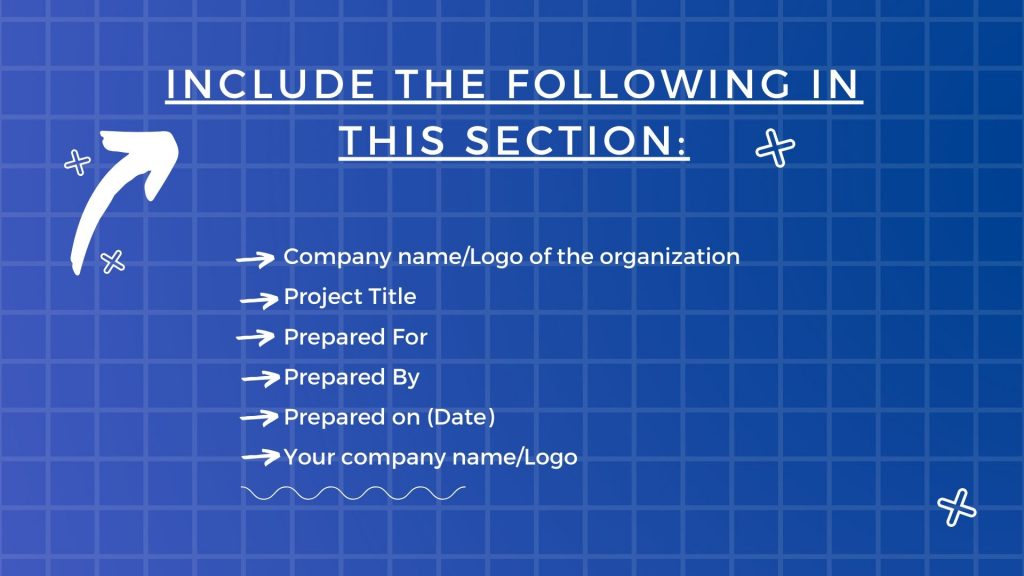
Section 2: Objectives
In this section you want to establish that you have a clear understanding of the project. Simply write out what it is you will be doing and summarize the full scope of the project. It is important to be clear and detailed with this step, as it will be the first section of content the organization will read.
When summarizing the project, be sure to state what the problem is that’s being solved and why the audience should care about solving it.
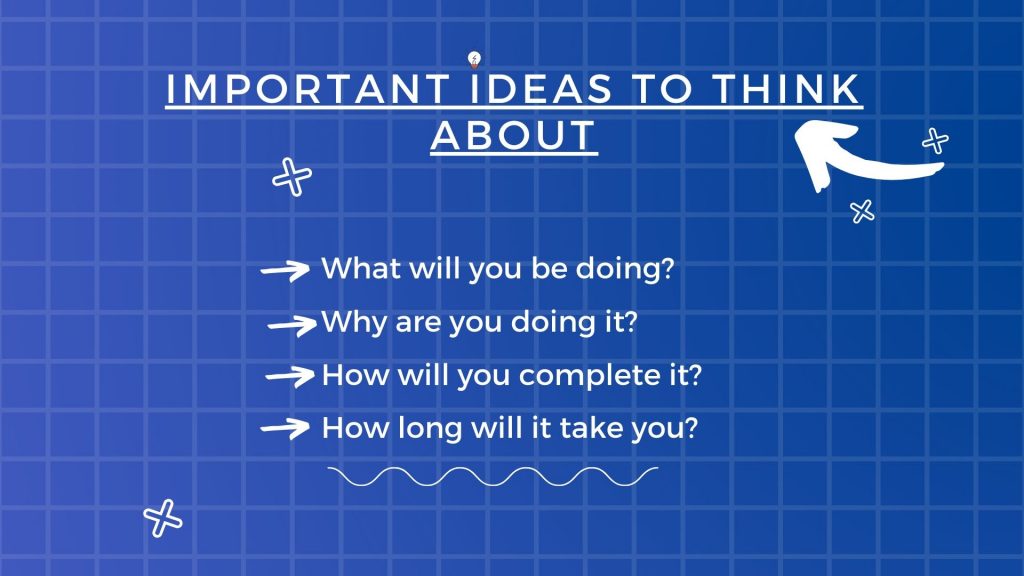
Section 3: goals
Use the goals section to list out what the organization is setting out to accomplish with the project. For example, a goal of the video they want to create would be to: “capture the contents of the course in a manner that represents the brand accurately and professionally.” It’s meant to simply list specific goals that the project wants to accomplish – “Drive sales for a product.”
Some important things to ask yourself:
- What purpose will the video be serving?
- Who should the video be reaching?
- What do they want the end user to do after? What is the Call to Action?
Section 4: deliverables
This is the section where you list out all the deliverables you expect to send off after the project is completed. Ensure that each deliverable is associated with a specific delivery date.
Since we are a video marketing company, we think about:
- What file type will they receive?
- What is the duration of each video?
- How many files will they receive?
- Will they only get the final product?
- Do they want all the project files and assets created throughout the project’s life?
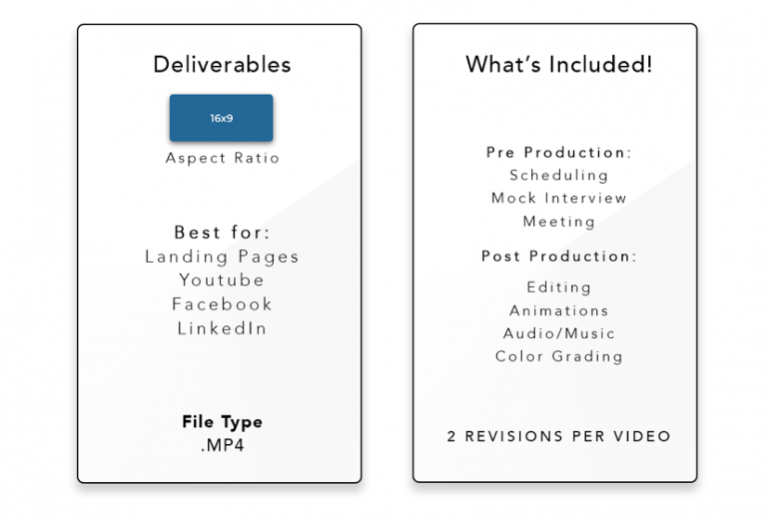
Section 5: video development overview
This is when you bring forward your vision on how to carry out their goals and objectives. Show them your plan of execution. This is the first section that details the course of action and the steps you plan to take in solving the problem at hand.
The best way to lay this out for a prospective client is to break it into phases. The four phases you would want to include are as follows: PreProduction, Production, PostProduction and Delivery. If your project isn’t exactly video related – you can leave these more generic and break it down into Phase 1, Phase 2, etc.
Once broken down, list the tasks that will correspond with each phase. Establish what will be completed in each of these phases and how long each will take? The overall purpose of this section is to establish the time and steps it will take to complete each phase of the project and the resources it will take to successfully complete that.
This is where ideas turn into action.
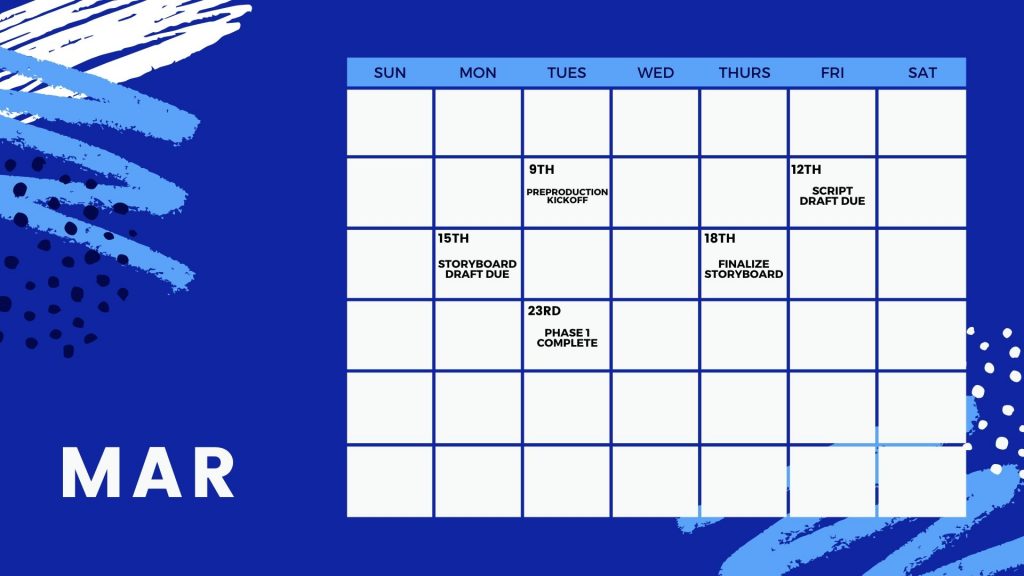
Section 6: budget breakdown
The breakdown of the costs is dedicated to showcasing the estimates of completing the project. This is where the organization will look at your objectives, goals, and development overview, and see if the costs associated with it makes financial sense for them and how it can compare to other bidding proposals.
You want to make this a detailed line-itemed list, broken down in a similar fashion to the development overview. You want it to be clear and concise for them to follow. If you broke it down into PreProduction, Production, etc – then your budget estimates should be laid out in the same fashion. List out the line items that will be associated with the PreProduction phase and then a total for the phase. Continue that same structure for the remaining phases of the project.
See our example below:
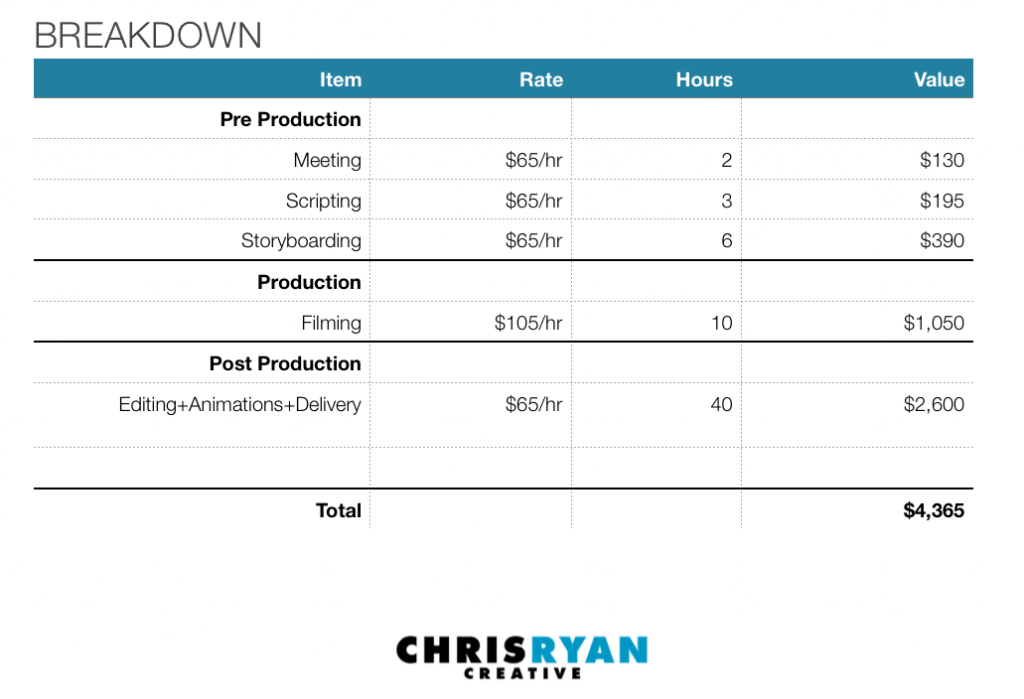
conclusion
Whether you’re completing a proposal for your next video project or to get hired for developing an app for an organization – all of these principles apply. Always be sure to make your proposal clear and concise for the organization to follow. It’s key to translate that you have a good understanding of the project and have a clear vision on what action to take to solve their problem. Follow this guide the next time you submit a proposal for a project and adapt your own ideas to make it more personalized, you won’t regret it!
